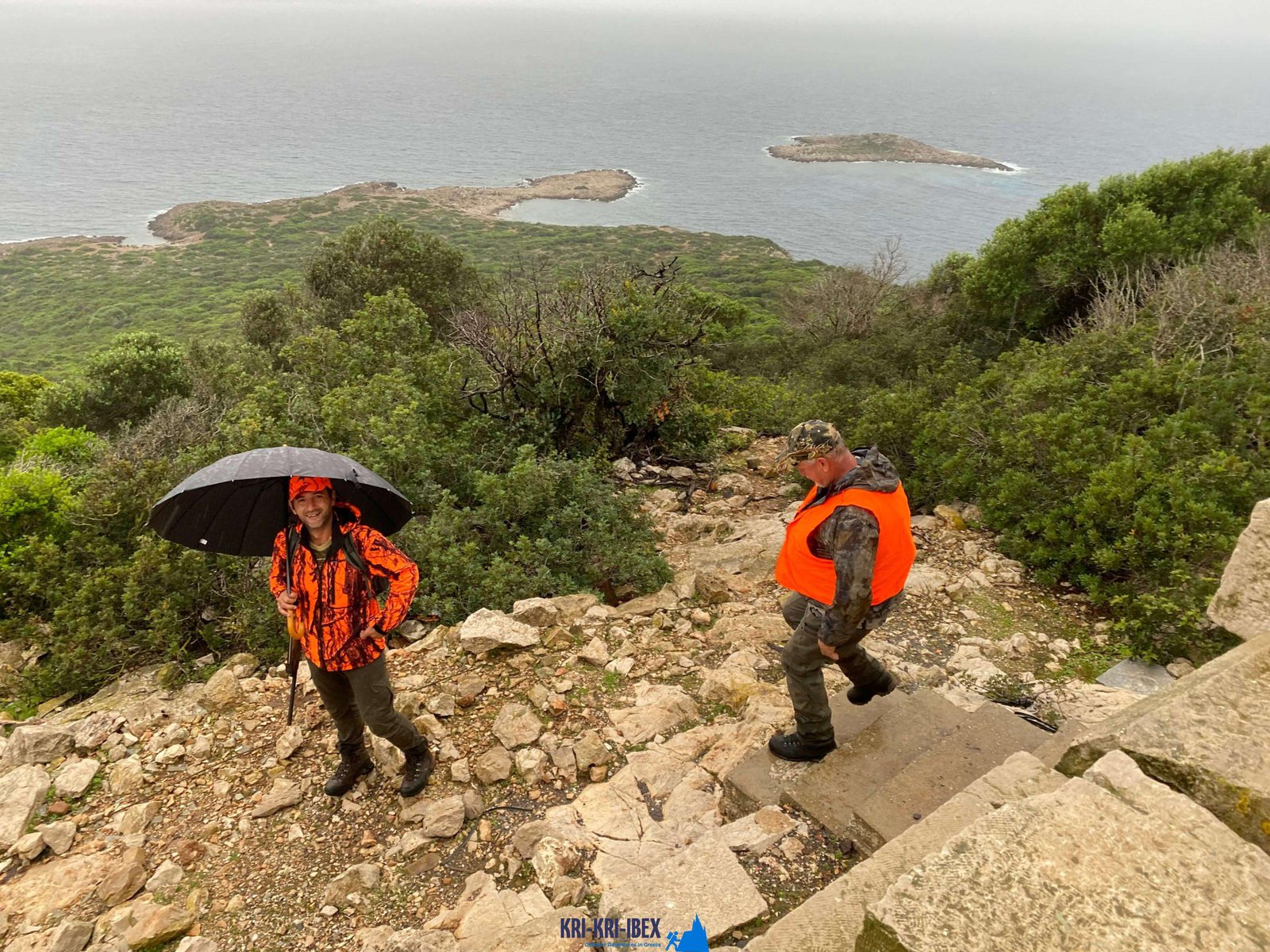Greece is waiting on you! Kri Kri ibex hunting in Greece!
Greece is waiting on you! Kri Kri ibex hunting in Greece!
Blog Article

To lots of people, The Peloponnese peninsula on the Greek Mainland is the 'real' Greece, where points have actually not changed a lot at all over the centuries although that lots of people have uncovered it. This is an area where you can quickly spend a month or more yet if you are short promptly after that our hunting as well as visiting Peloponnese Tours from Methoni is a wonderful option. The Peloponnese peninsula has something for everyone with its several activities and also destinations.

This Ibex is NOT a petite type of the Bezoar Ibex, which has migrated right into the western-most reach of the range of this types. The kri-kri (Capra aegagrus cretica), also called the Cretan goat, Agrimi, or Cretan Ibex, is an aboriginal goat species populating the eastern Mediterranean, which was when believed to be a subspecies of wild goat. This kri-kri is a feral goat with a light brown layer with a dark collar. They have 2 sweeping horns on their heads. Throughout the day, they relax as well as avoid visitors, avoiding travelers. The kri-kri can jump a long way or scale relatively vertical high cliffs.
On our Peloponnese excursions, you'll reach experience all that this fantastic region needs to provide. We'll take you on a trip of a few of the most historic as well as lovely websites in all of Greece, including ancient ruins, castles, and a lot more. You'll additionally reach experience several of the conventional Greek culture firsthand by delighting in several of the delicious food as well as red wine that the region is recognized for. As well as naturally, no trip to Peloponnese would be total without a dip in the shimmering Mediterranean Sea! Whether you're a knowledgeable seeker searching for a brand-new journey or a novice traveler just wanting to discover Greece's stunning landscape, our Peloponnese trips are ideal for you. So what are you waiting for? Reserve your journey today!
There is really something for everybody in the Peloponnese peninsula. Whether you have an interest in background as well as culture or nature and outside tasks, this is an ideal location for your following vacation. If you are short in a timely manner, our searching and exploring Peloponnese Tours from Methoni is a terrific means to see whatever this impressive location needs to offer.And finally, your Kri Kri ibex prize is awaiting you.
What is the diference between Kri Kri ibex, Bezoar ibex and hybrid ibex
The kri-kri is not thought to be indigenous to Crete, most likely having been imported to the island during the time of the Minoan civilization. Nevertheless, it is found nowhere else and is therefore endemic to Crete. It was common throughout the Aegean but the peaks of the 8,000 ft (2,400 m) White Mountains of Western Crete are their last strongholds–particularly a series of almost vertical 3,000 ft (900 m) cliffs called ‘the Untrodden’—at the head of the Samaria Gorge. This mountain range, which hosts another 14 endemic animal species, is protected as a UNESCO Biosphere Reserve. In total, their range extends to the White Mountains, the Samaria National Forest and the islets of Dia, Thodorou, and Agii Pandes.
This Ibex is NOT a diminutive form of the Bezoar Ibex, which has migrated into the western-most reach of the range of this species. The kri – kri (Capra aegagrus cretica), sometimes called the Cretan goat, Agrimi, or Cretan Ibex, is a feral goat inhabiting the Eastern Mediterranean, previously considered a subspecies of wild goat. The kri-kri has a light brownish coat with a darker band around its neck. It has two horns that sweep back from the head. In the wild they are shy and avoid tourists, resting during the day. The animal can leap some distance or climb seemingly sheer cliffs.
“The agrimi goat Capra aegagrus cretica is unique to Crete and its offshore islands. It has been identi®ed as a sub-species of the wild bezoar goat Capra aegagrus aegagrus Erxleben, 1777, which it closely resembles in horn shape, body form and coloration. This classi®cation has been disputed by some researchers who claim that the agrimi are feral goats, derived from early domestic stock brought to the island by the ®rst Neolithic settlers. In order to clarify this issue, DNA analyses (cytochrome b and D loop sequences) were carried out on tissue of live and skeletonized agrimi and compared to sequences of wild and domestic caprines. Results conclusively show the agrimi to be a feral animal, that clades with domestic goats (Capra hircus) rather than with wild Asiatic bezoar. This study demonstrates that morphometric criteria do not necessarily re¯ect genetic af®nities, and that the taxonomic classi®cation of agrimi should be revised.”
Report this page